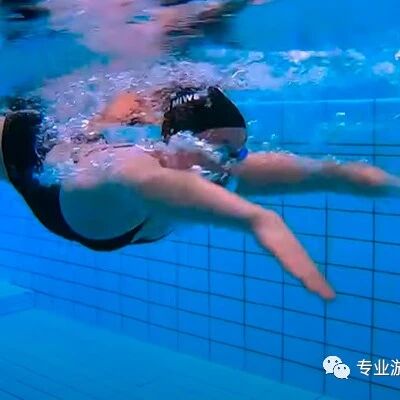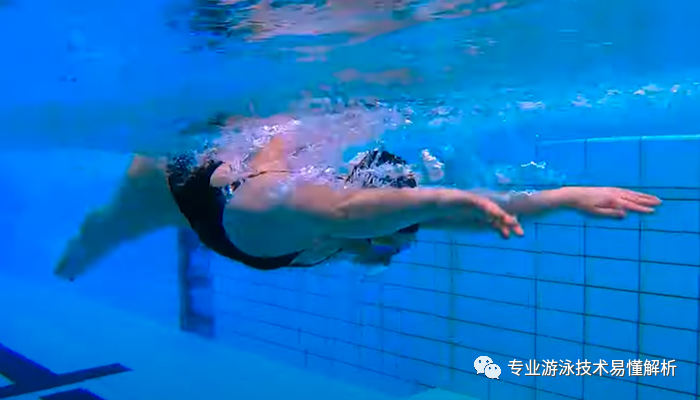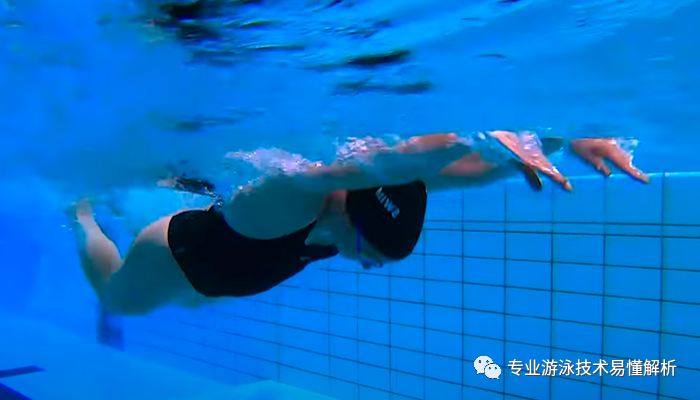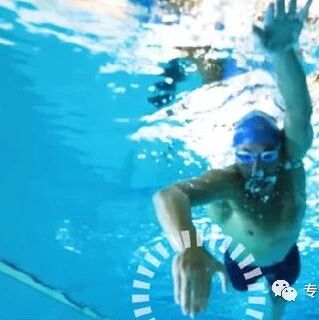Turns out chest presses are this easy? Mastering butterfly stroke takes just three weeks!
•6 min read




Related Articles

Swimming
I'm a great at breathing in breaststroke, and I can swim 200 meters continuously in freestyle—but my lungs feel like they’re about to burst!

Swimming
A non-promotional yet promotional message: Upload a video demonstrating how to correct swimming techniques.

Swimming